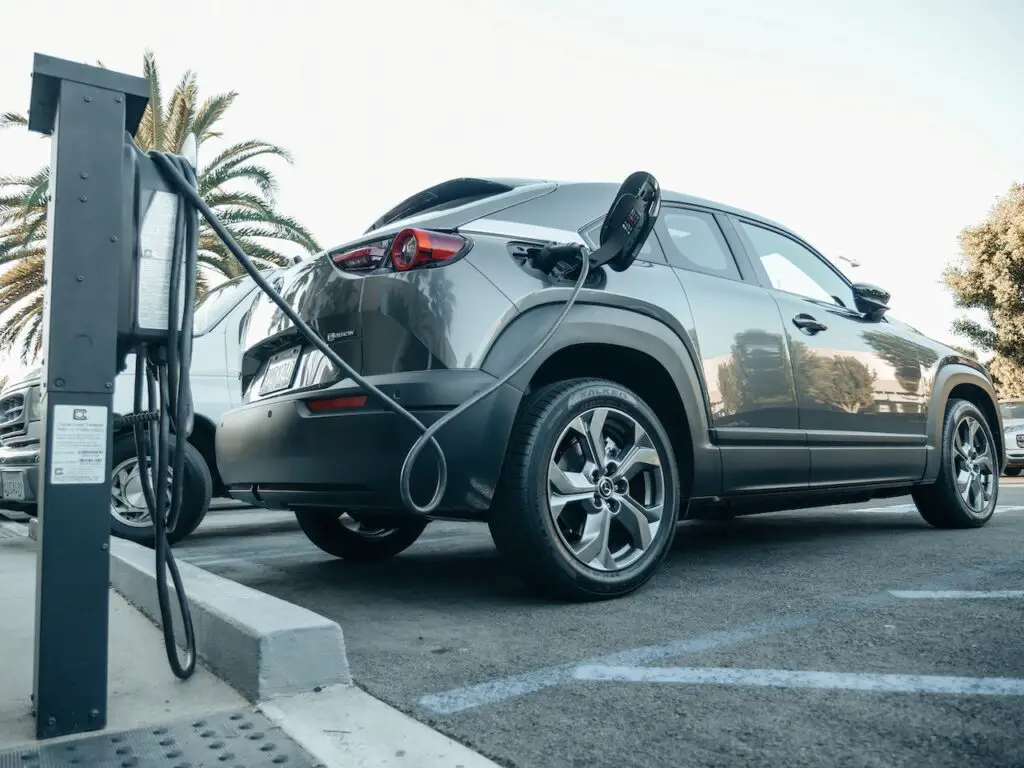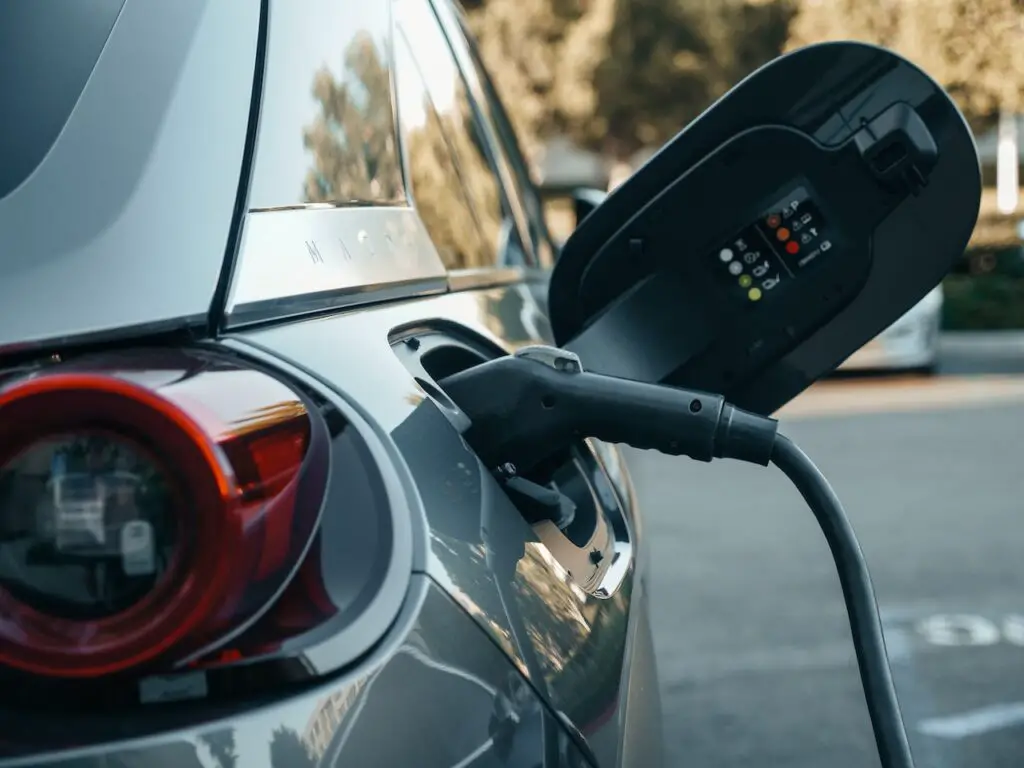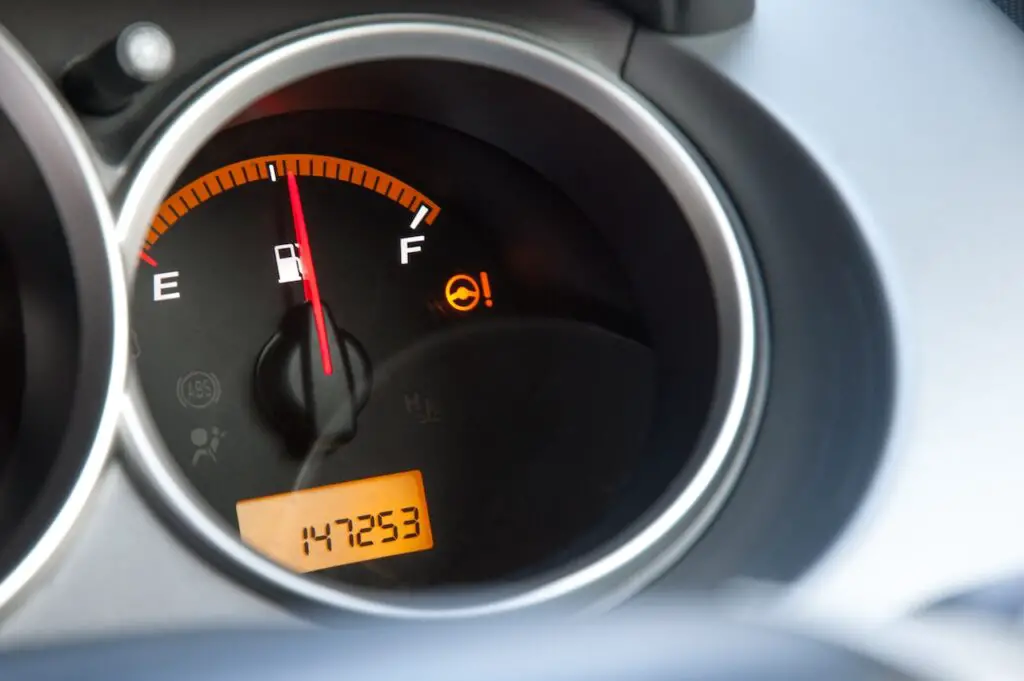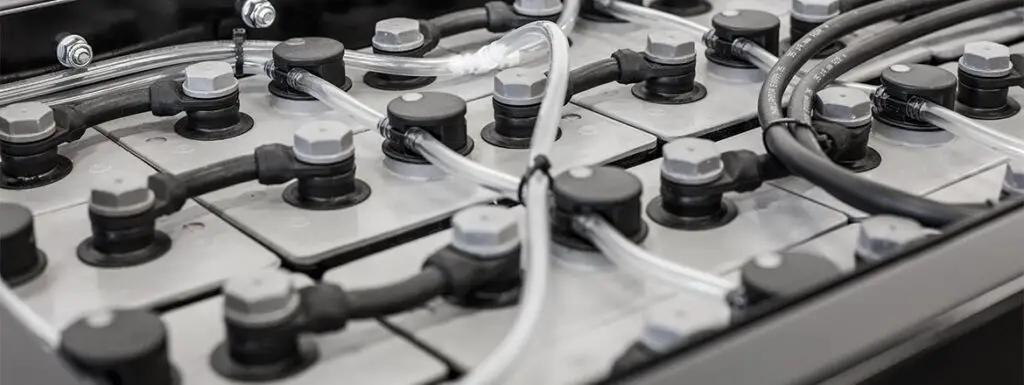With climate change becoming an increasingly pressing issue, governments around the world are looking for ways to reduce carbon emissions. One of the most significant sources of these emissions is transportation, particularly cars. As such, many countries have set ambitious goals to transition to electric vehicles (EVs) in the coming years.
However, the question remains: is it realistic for all cars to be electric by 2030? While some experts believe that this is an achievable goal, others are more skeptical. There are a number of factors that will impact the widespread adoption of EVs, including infrastructure, cost, and consumer behavior.
In this article, we will explore the feasibility of a world where all cars are electric by 2030. We will examine the challenges and opportunities presented by this transition, and look at the progress that has already been made. By the end of this article, readers will have a better understanding of the potential future of transportation and the role that EVs will play in it.

Current State of Electric Cars
Advantages of Electric Cars
Electric cars have several advantages over traditional gasoline-powered vehicles. They are environmentally friendly, producing zero emissions and reducing the carbon footprint. They are also more energy-efficient, converting over 60% of the energy from the battery to power the wheels, compared to only 20% for gasoline-powered cars. Electric cars have lower operating costs, as they require less maintenance and have lower fuel costs. Additionally, they offer a smoother and quieter driving experience with instant torque and acceleration.
Disadvantages of Electric Cars
Despite their advantages, electric cars also have some disadvantages. One of the main disadvantages is their limited driving range, as most electric cars can only travel around 100-300 miles on a single charge. Charging time is also an issue, as it can take several hours to fully charge an electric car. The availability of charging stations can also be a concern, especially in rural or remote areas where charging stations are scarce. The initial cost of electric cars is also higher than traditional cars, although this cost is decreasing as technology improves and production increases.
Overall, the current state of electric cars is promising, with increasing sales and advancements in technology. However, there are still some challenges to overcome before electric cars can fully replace traditional gasoline-powered vehicles.
Challenges to Achieving an All-Electric Car Future
Infrastructure and Charging Stations
One of the biggest challenges to achieving an all-electric car future is the lack of infrastructure and charging stations. As of 2023, there are only about 100,000 public charging stations in the United States, compared to over 150,000 gas stations. This means that electric car owners may have to wait in line to charge their vehicles, or may not be able to find a charging station at all.
Additionally, the installation of charging stations can be expensive, and many property owners may not be willing to invest in them. Governments and private companies will need to work together to build a comprehensive charging network that is accessible and affordable for all.
Cost and Affordability
Another challenge to achieving an all-electric car future is the cost and affordability of electric vehicles. While the cost of batteries is decreasing, electric cars are still more expensive than their gas-powered counterparts. This can make it difficult for consumers to justify the upfront cost of an electric car, even if they will save money on fuel and maintenance in the long run.
Government incentives and subsidies can help to reduce the cost of electric cars, but they may not be enough to make them affordable for all consumers. Automakers will need to continue to innovate and find ways to lower the cost of electric vehicles to make them more accessible to the general public.
Battery Technology and Range
Another challenge to achieving an all-electric car future is battery technology and range. While electric cars have come a long way in terms of range, they still cannot travel as far on a single charge as gas-powered cars can on a tank of gas. This can make electric cars impractical for long-distance travel or for people who live in rural areas.
Additionally, the production of batteries can be resource-intensive and can have environmental impacts. Automakers will need to continue to invest in research and development to improve battery technology and increase range while minimizing the environmental impact of production.
Consumer Acceptance
Finally, consumer acceptance is another challenge to achieving an all-electric car future. Many consumers are still hesitant to switch to electric cars due to concerns about range, charging infrastructure, and the cost of electric vehicles. Additionally, some consumers may simply prefer the feel and performance of gas-powered cars.
Automakers and governments will need to work together to educate consumers about the benefits of electric cars and address their concerns. This may include offering test drives, providing information about charging infrastructure, and continuing to improve the performance and range of electric vehicles.
Government Policies and Incentives
Current Government Policies and Incentives
Several government policies and incentives are currently in place to encourage the adoption of electric vehicles. One such policy is the federal tax credit, which provides up to $7,500 in tax incentives for car buyers. Additionally, some states offer their own incentives, such as rebates or tax credits, to encourage the purchase of electric vehicles.
Another policy that has been put in place is the Corporate Average Fuel Economy (CAFE) standards, which require automakers to meet certain fuel efficiency targets. These standards have been gradually increasing over the years, and in 2020, the Trump administration rolled back the standards. However, the Biden administration has since reinstated and strengthened the standards, with the goal of encouraging the production and sale of electric vehicles.
Potential Future Policies and Incentives
The Biden administration has proposed several policies and incentives aimed at increasing the adoption of electric vehicles. One such proposal is the American Jobs Plan, which includes $174 billion in funding for electric vehicle infrastructure and incentives for consumers to purchase electric vehicles.
Additionally, the administration has proposed new emissions regulations that would require automakers to produce more electric vehicles. The Environmental Protection Agency (EPA) is said to be proposing new rules that would further drive up electric car sales, building on the 2022 Inflation Reduction Act which has already helped stoke demand for electric vehicles.
Overall, the government is taking steps to encourage the adoption of electric vehicles through a combination of incentives and regulations. While it remains to be seen whether all cars will be electric by 2030, these policies and incentives are helping to drive the transition towards a more sustainable future.
Conclusion
While the idea of all cars being electric by 2030 may seem like a lofty goal, it is not entirely unrealistic. With the growing concern for the environment and the push for sustainable energy, more and more people are turning to electric vehicles.
However, there are still challenges that need to be addressed, such as the lack of charging infrastructure and the high cost of electric vehicles. Governments and car manufacturers need to work together to overcome these obstacles and make electric vehicles more accessible to the general public.
Despite these challenges, the trend towards electric vehicles is undeniable. According to a report by UBS, 20% of all new cars sold globally will be electric by 2025, and that number is expected to rise to 40% by 2030. This shows that the transition to electric vehicles is already underway.
Furthermore, the recent executive order signed by President Biden, which aims for half of all new vehicles sold in the US to be electric by 2030, is a clear indication that governments are taking this issue seriously and are committed to making the switch to electric vehicles.




